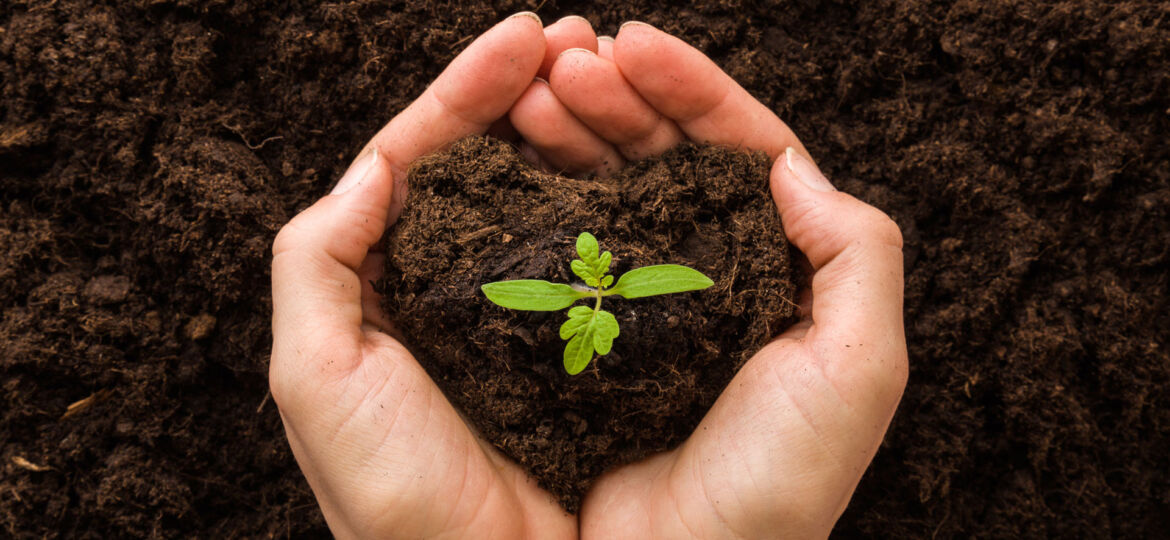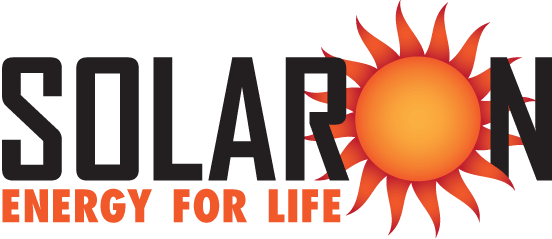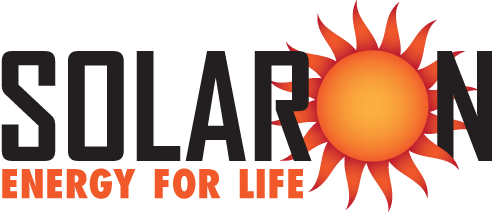
Using Solar Electricity to Make Fertilizer
Recently we discussed the increasing use of solar panel systems in the agricultural industry and farming communities. These types of solar power applications are called agrivoltaics. A new development in agrivoltaics is literally using photovoltaic power to generate fertilizer “out of thin air.”
Changing the Status Quo in Fertilizer
Plants thrive on nitrogen fertilizers. Since the middle of the 1900s, the Haber-Bosch process has been largely responsible for boosting agricultural production by using fossil fuels to sustain a reaction that turns natural gas into ammonia. That ammonia is then used as an ingredient in fertilizer for soils. Bacteria in the soil converts the ammonia to nitrates and nitrites, which are used by plants for growth.
A company in California called Nitricity decided this process could be accomplished without using fossil fuels if it bypassed the step of making ammonia. Instead, solar panels generate electricity, which is used to generate hydrogen from water and then to combine that hydrogen with nitrogen from the air to produce nitric acid, instead of ammonia. The nitric acid is processed into nitrates and nitrites and then injected into the irrigation system headed for the crops, in a process called fertigation. 144 solar panels provide sufficient power for this photovoltaic version of the Haber-Bosch system.
Nitricity’s goal is to produce a fertigation system that is easily built, convenient for farmers, and uses no fossil fuels or greenhouse gasses to produce and distribute fertilizer to plants. Placing these mini-fertilizer “factories” near the fields they support also reduces transportation costs and emissions. The intermittent nature of solar power is actually a benefit, because the downtime at night is used to process the nitric acid into useful fertilizer for use the following day.
Going Forward with Agrivoltaics
Indicating the popularity of this “green ammonia” method, projects in Japan, Great Britain, and Australia are also adapting similar solar-based technology. The US Department of Energy indicates that these new processes are ten times more energy efficient than a typical Haber-Bosch process. Clearly, this branch of agrivoltaics can reduce the amount of fossil fuels used to generate fertilizer.
This new process is still in the development stage, so don’t expect to fertilize plants in your backyard with your solar panel system anytime soon. Even so, there are plenty of benefits to installing a solar power system for your home now. For instance, not only will you always have the electrical power you need, but you also increase the value of your home. Would you like to know more of the benefits? Give Solaron a call, or contact us online, for a free solar analysis of your home.

